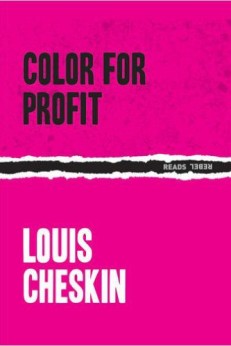
Color For Profit
- 166 pages
- 5.5 x 8.25 inches
- ISBN: 978-1632460349
- 2016-08-29
19.95
Originally published in 1951, Louis Cheskin‘s groundbreaking Color For Profit initiated a scientific approach to color and design. Cheskin believed that colors had deep, symbolic meanings–“For example,” he wrote, “we associate red with festivity, blue with distinction, purple with dignity, green with nature, yellow with sunshine…White is a symbol of purity. Black expresses evil.” Because of these unconscious associations, instead of relying on personal taste and judgment, marketers and advertisers needed to choose colors for their products based upon methods that could be tested and proven. The introduction of the scientific method for choosing colors revolutionized the worlds of advertising, design and packaging.
Louis Cheskin (1907–1981) was a marketing innovator who observed that people’s perceptions of products were directly related to their aesthetic design. Cheskin discovered that most people make unconscious assessments of a product based on secondary sensory input associated with the product, such as its color or shape, which contribute to a general impression which he called “sensation transference.” This concept revolutionized advertising and marketing.
